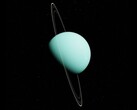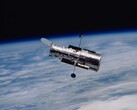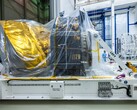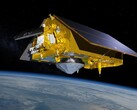For centuries, scientists have believed the Moon to be totally dry. But studies later confirmed that this seemingly dry body actually has elements of water in it. Mapping out the distribution of that water could be important in future missions that would keep humans on the Moon for longer durations.
NASA set up VIPER to explore the lunar South Pole in order to get the location and concentration of lunar ice and other volatile resources. NASA initially planned to launch the mission in late 2023, but had to delay and even cancel the mission. The cancellation was due to considerations, including cost increases.
However, the mission is back on. NASA recently awarded Blue Origin of Kent a contract that includes an option to deliver VIPER to the lunar surface. The contract is a CLPS (Commercial Lunar Payload Services) task order called CS-7.
This is the second CLPS lunar delivery that NASA is awarding to Blue Origin. The first delivery is expected to launch later this year. For that launch, Blue Origin will use its Blue Moon Mark 1 (MK1) robotic lander to deliver NASA’s Stereo Cameras for Lunar-Plume Surface Studies and Laser Retroreflective Array payloads to the Moon’s South Pole region.
The company is currently producing a second Blue Moon MK1 lander, which will deliver VIPER in late 2027.














































